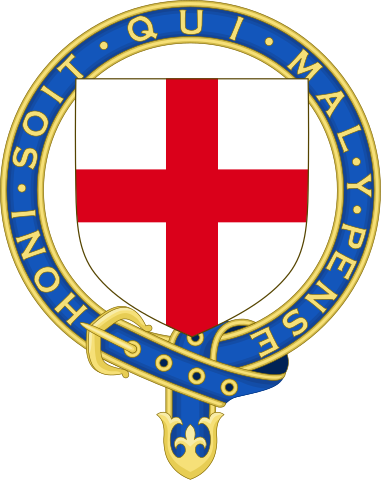People often ask me how I do my research—in a library? Google? Or
do I travel to the places I write about?
The answer is, as you might imagine, all of the above. Since I’ve
just launched my debut novel (a classic Regency titled The Rogue to Ruin,
book one in the Rogues of St. Just trilogy), the research curve has been fairly
steep. But you know what? I discovered that I’ve been preparing to write these
books for twenty years.
When I decided to write my first Regency, I did an inventory of
research books on hand. I found I had at least a dozen, from biographies of
Jane Austen and Queen Charlotte to books of cant and custom to small books
published in tiny towns in Cornwall about local dialect and folk tales. (If you
ever need a Cornish name for your house, talk to me. I’ve got the book.)
With the groundwork laid in books and maps, it was time to put my feet on the ground. When I know I’m going to be rooted in a location over several books, it’s worth it to me to go there so that I can describe the scenery, the plants, the sea, and the houses in ways that make them feel immediate and real to the reader. When I wrote Amish women’s fiction, this was particularly important, because those readers want to sink deeply into that world, and they expect true, not fictional, facts and details. And as everyone knows, there is no stickler more serious about period detail than the Regency reader. I knew what I was in for, and a trip to England was worth it to make sure I got the details right.
One of the most beautiful stretches of coast in the world is the
Roseland Heritage Coast in Cornwall, where I already knew my fictional
parish of St. Just would be located. The first and most important location was
my heroine’s home. I found
the house (thank you, National Trust): Trelissick, which is famous for its gardens. It transformed itself in my mind into
Morvoren Manor, home of the Penrose
family (morvoren is Cornish for mermaid), who obtained their
wealth from mining china clay. (See below, and note the pine cones on the chairs to prevent visitors from sitting on the antique furniture.)
Who knew that Cornwall was famous for its china clay, the fine
white clay from which porcelain is made? Not-so-coincidentally, the best known
of the china clay pits isn’t far from the Manor. I merely gave it a new name
and a new owner, and made it so productive that my three sisters will bring
forty thousand pounds apiece to their marriages.
My hero in book one, Sir Perran Geoffrey, is a destitute baronet
desperate to repair the family pile and give his grandmother and sister a
decent place to live. He cannot ply a trade, and he hesitates to marry for
money, so what is the third option?
You are quite right. Smuggling.
As it turns out, smuggling was the third most productive industry
in Cornwall during the Regency, along with fishing and tin mining. (See a fascinating treatise by Chatterton called King’s Cutters and Smugglers,
1700-1855 for more.) It was so respectable that even the local clergyman might keep his
coach house door unlocked in order that the gentlemen of the free trade might
leave barrels of French brandy there safely until the coast was clear. A
gentleman like Sir Perran might agree that his shore and cove could be used to
“sow a crop.” The boat would come over from France with the barrels of brandy,
and should it be pursued by the preventive men (brave and persistent souls who
eventually became the Coast Guard), the barrels would be roped together in a
long line and pushed over the side, to sink to the bottom. The next night, my
hero might see fishing boats in his cove, “creeping,” or trawling the bottom
with gaff hooks to bring up the “crop.”
Sometimes wonderful details like these are difficult to find
anywhere but in the location I’m researching. The only difficulty is to make
myself concentrate on facts and notes, when my head is in the clouds turning
them into scenes and pages!
Under two other
pen names (Shelley Adina and Adina Senft), Charlotte Henry is the author of 24
novels published by Harlequin, Warner, and Hachette, and a dozen more published
by Moonshell Books, Inc., her own independent press. As Charlotte, she writes
the Rogues of St. Just series of Regency romances. She holds an MFA in Writing
Popular Fiction, and is currently at work on a PhD in Creative Writing at
Lancaster University in the UK. She won the Romance Writers of America RITA
Award® for Best Inspirational Novel in 2005, and was a finalist in 2006. When
she’s not writing, you can find Charlotte sewing historical dresses, traveling
for research, reading, or enjoying the garden with her flock of rescued
chickens. Look for more information about her and the Rogues of St. Just at her website.





























